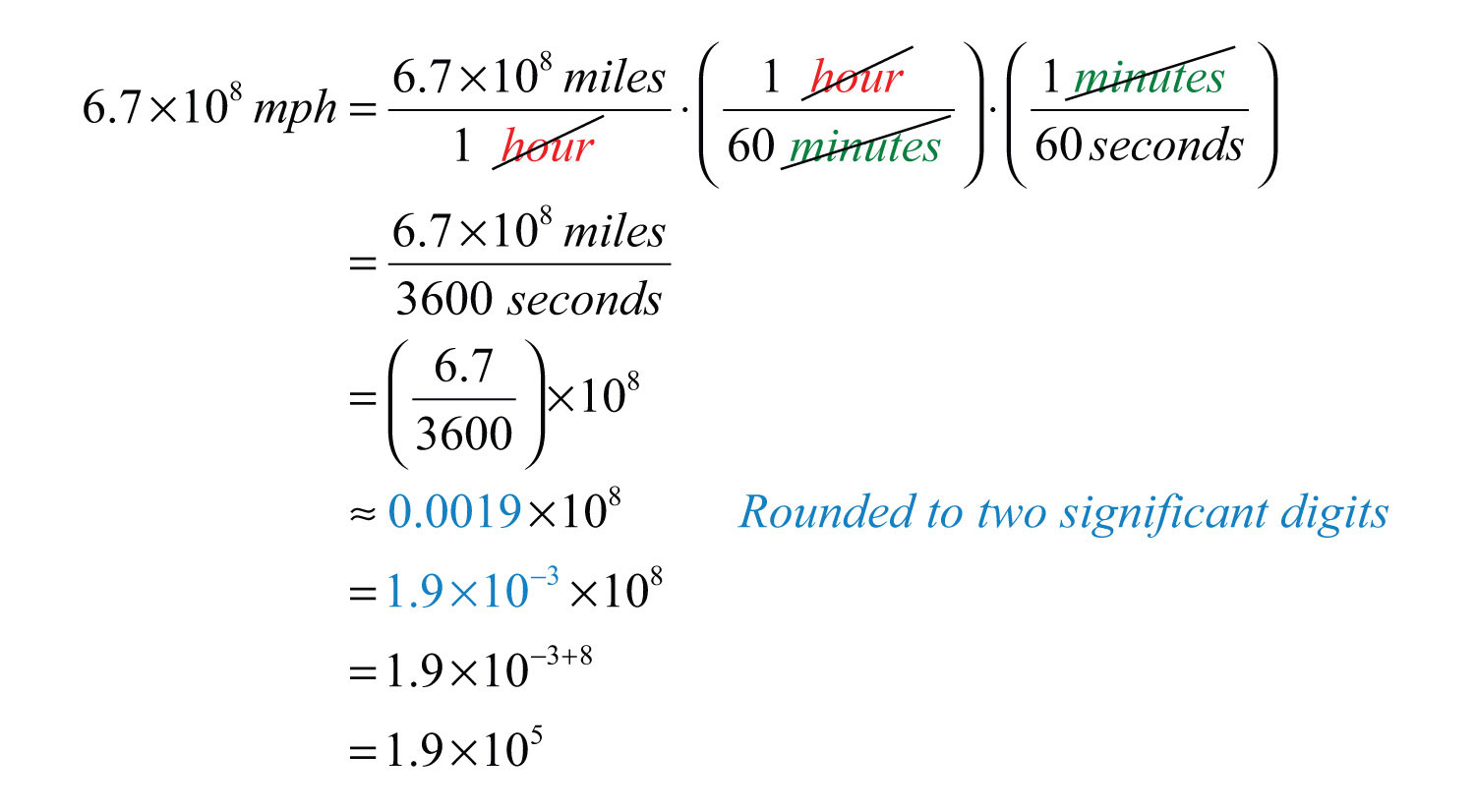

Or, you can find the single factor you need by dividing the A factor by the B factor.įor example, to convert from miles per hour to kilometers per hour you would multiply by 0.44704 then divide by 0.2777778. Then divide by the factor for B to convert out of meters per second. To convert among any units in the left column, say from A to B, you can multiply by the factor for A to convert A into meters per second To convert from m/s into units in the left columnĭivide by the value in the right column or, multiply by the reciprocal, 1/x.Ģ.2352 (m/s) / 0.44704 = 5 mph To simply convert from any unit into meters per second, for example, from 5 mph, just multiply by the conversion value in the right column in the table below.ĥ mph * 0.44704 = 2.2352 m/s Where S is our starting value, C is our conversion factor, and
#Speed of light in meters persecond how to
How to Convert Units of SpeedĬonversions are performed by using a conversion factor. By knowing the conversion factor, converting between units can become a simple multiplication problem:

The English system usually expresses speed as miles per hour (mph) or sometimes feet per second (ft/s), while marine vessels typically use knots, or nautical miles per hour. Negative 2 m/s, although your speed is still positive.įor most science applications, the SI unit for speed and velocity is meters per second (m/s), although kliometers per hour (km/h) is sometimes used when measuring the speed of vehicles. Say you were walking backward again your velocity is Velocity is speed in the context of direction. Walk forward or backward at 2 meters per second, and your speed is just that: 2 m/s. In other words, it has to travel at a finite speed.Speed is the rate of change in position of an object, regardless of direction of travel. The previous two arguments are two slightly different ways to say that if you think light is a wave, then it has to be something that propagates and takes time to go from one point to another. In other words, there would be no electromagnetic wave, and thus no light. If the wave moves infinitely fast, it is as if it were not there at all the spikes are infinitely stiff and the news gets out to everywhere without any seeming kinks. This kink relays the news that the charge has moved to the distant parts of the spikes and corresponds to an electromagnetic wave. The result is that each spike will get a kink that moves out to infinity. If the charge is jerked, the segments of the spikes close to the charge will move, but those farther out will still point in their original directions. These spikes represent the electric field lines, the lines along which a test charge would move. Think of an electric charge as being like a hedgehog with flexible rubber spikes going out to infinity in all directions. In physical terms, an electromagnetic wave arises due to the finite time it takes for news of the change of location of an accelerated charge to arrive at a distant point. Mathematically, the wave equation that describes light as an electromagnetic wave would lose its time-dependence. Were there an infinite value for the speed of light, light itself would not exist at all. Light, by definition, is an electromagnetic wave, a propagating disturbance in space and time that carries information about the acceleration of charges. The reason that it is limited is simply the fact that a finite amount of space is equivalent to a finite amount of time.Īnother explanation of light's finite nature can be obtained from thinking about what we mean by light itself. That something, the universal conversion factor, is the speed of light. But if time and space are similar to the extent that they can be converted one into the other, then one needs some quantity to convert the units-namely, something measured in meters per second that can be used to multiply seconds of time to get meters of space. The fact that space and time must get mixed up to keep the speed of light constant implies that, in some sense, space and time must be the same, despite our habit of measuring space in meters and time in seconds. This fact is an experimental one that can only make sense if relative motion changes the relationship between space and time intervals to keep the distance covered by light per unit time the same for all observers. The speed of light is strange in that it has the same value independent of the relative velocity between the source and the observer.

This speed, which we call "c," is measured to be 300,000,000 meters per second. But careful experiments reveal that it travels at a finite speed. The common experience of turning on a light switch certainly shows that light travels very quickly. Stephen Reucroft and John Swain, professors of physics at Northeastern University in Boston, Mass, provided the following explanation:


 0 kommentar(er)
0 kommentar(er)
